The Soundtrack to an Animated World: Kimera Mendax reimagined in music
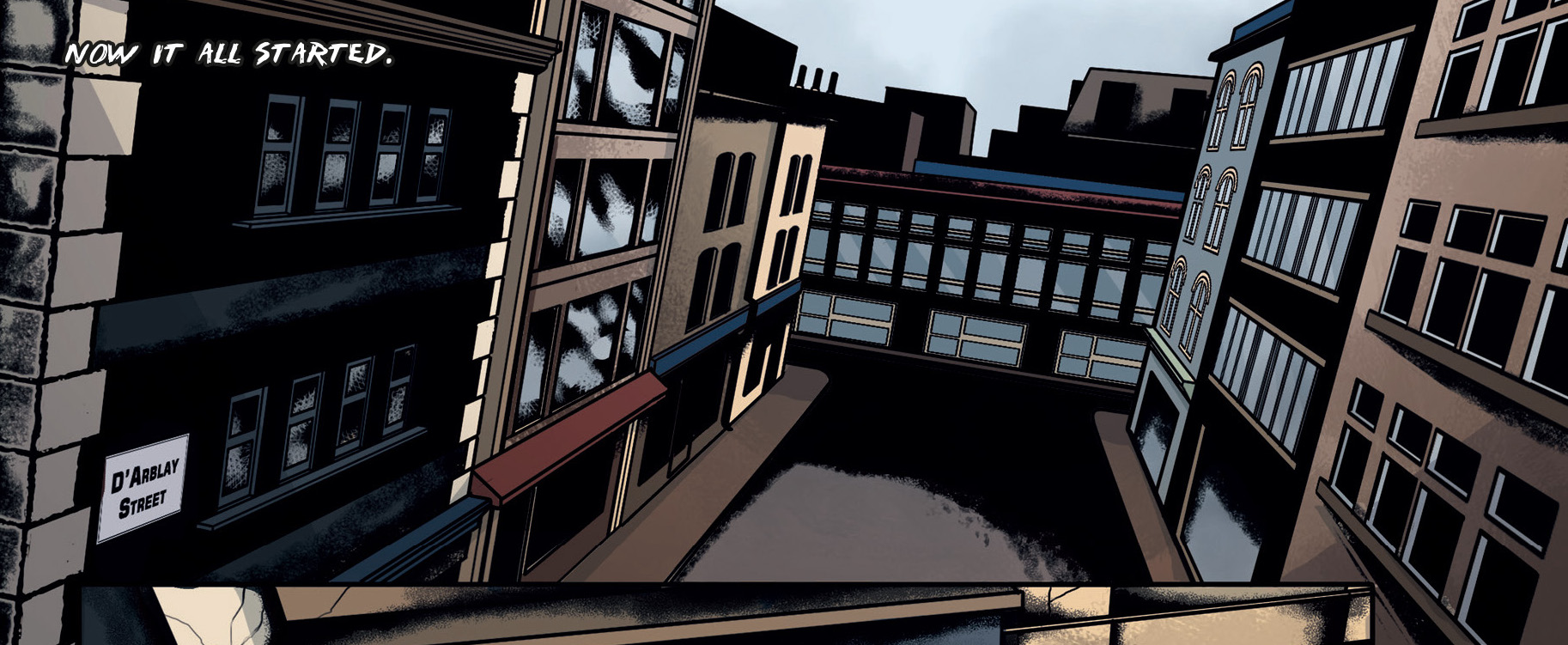
Talking to animators and musicians about their relationship between graphic design, artistry, comics and music.
The comic tells the story of a group of rebels who, from the underground of an esoteric Rome of the future (2048), struggle to neutralize the KX bio-operative system, a sort of invasive and all-encompassing social network, to which humanity is connected through robotic appendages. Vinyl records are the instrument of struggle for the “disconnected”: they try using music to awaken the natural human vibrations, atrophied by the massive use of technology.
Eight Italian musicians with different sensibilities were involved to make their interpretation and sound reinforcement of the story. Here is the first time, the first place the music makers meet the five illustrators (including the 2021 Eisner Award winner Elena Casagrande) and talk about this unique project. And it’s an interesting experience to witness how a real soundtrack was born from a Comics’ project, a soundtrack brought to life from the sensations, creativity and tools of such different artists.
Drawing and music, mainstream and underground in mutual exchange…
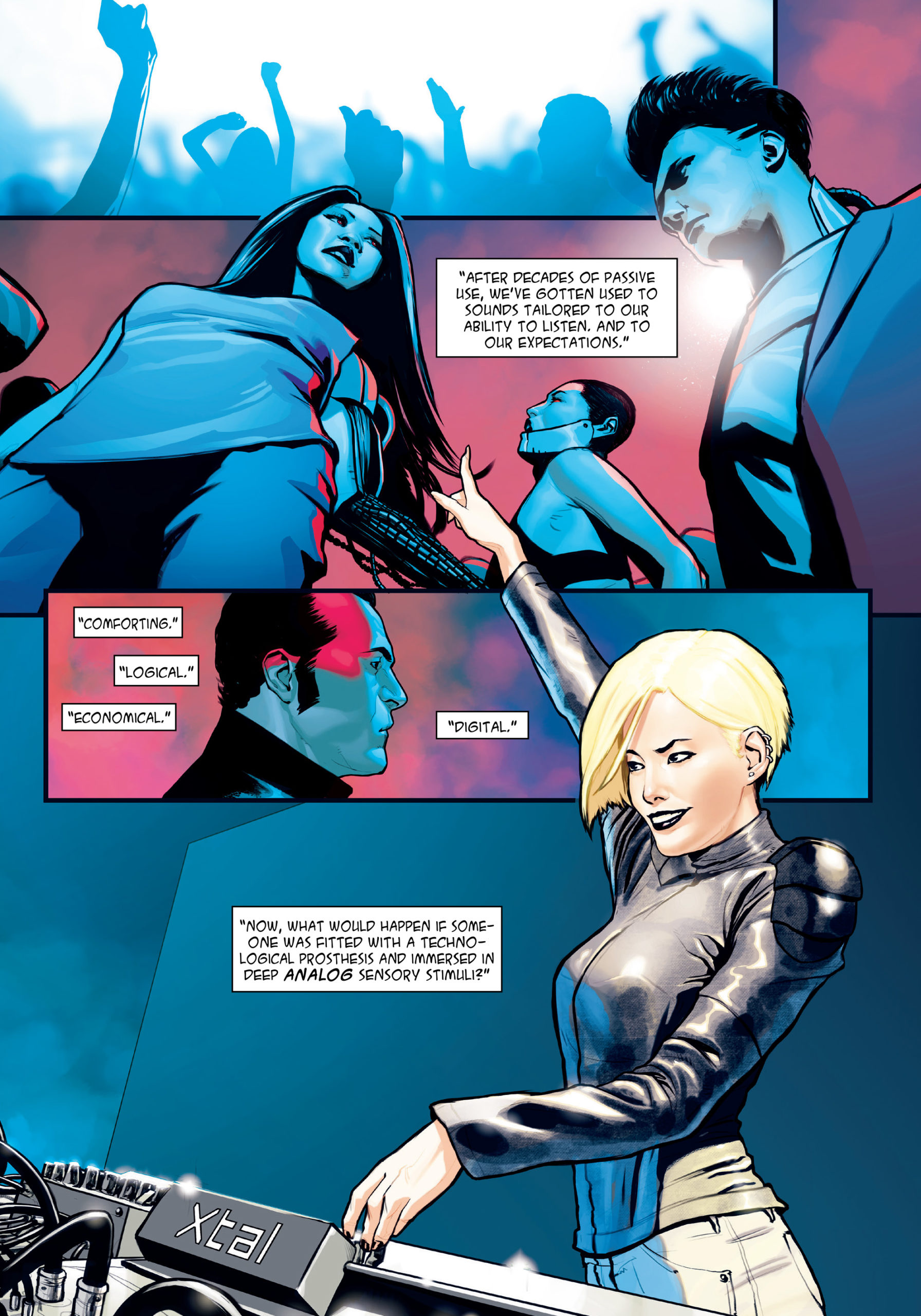
8 music makers: a journey from the pages of the comic book to the tracks
Massimo Amato
When Simona Faraone told me about the project inviting me to participate, we were in full lockdown. I lived absolutely isolated. Little or no musical inspiration at all. As i received and read the material, the similarities between history and the period we are still living were evident to me. In those days I had only sketched out a few tracks. They all sounded damn good for the story. The dystopian sense and the yearning for freedom that pervades the whole comic book were present in the sounds and atmospheres recalled by the music. I sent the pieces to Simona and Gianluca Pernafelli and asked them to choose one according to their taste. So “Later That Night” became the first track on the album and all the others ended up in my next album which will be released very soon for NIM.
Tiziano Lucci
The enthusiasm of the first raves; a project that speaks to us of the future as a dystopian reflection of that past; the virus; media, social and mental control; the healthy youth riots, the aesthetic hysteria that makes us humanly clowns: these are all themes usually dear to the sci-fi that is dismembered here in a comic storyboard and in a fetish soundtrack. The impression is that the entire project remains faithful to the Dionysian principle of a search for some form of libidinal pleasure in sound and color. Each track is very different from the others, it is like a critique or if we want an upgrade to the different musical genres and the parts that usually make up a film. Reading the story, I remembered the critical charge of Tezuka’s first manga, a young autohr who could not forget his people’s fear of the atomic bomb and who intended to help him psychoanalytically elaborate that intolerable epic of the false and totalitarian. The interesting thing is that the Kimera Mendax project was born and developed before the covid started to spread!
Hyena (Giona Vinti)
“Talamo, o la Memoria” is directly inspired by the part of the comic in which agent Decimo visits the Talamo’s junk shop. The scene is devoid of action and revolves around the dialogue between the two. My intention was to play on the relationship between past, present and future from two points of view. The first is that of the convergence of different musical styles, a downtempo with 808 kickdrum that acts as a kick drum and bass, a style that is now omnipresent in contemporary productions from hip hop to trap to other urban and electronic sub-genres that, however, clashes and mixes with the broken rhythms of the first jungle (which in a matryoshkas game take us back to the funk and black music of the 70s …). The glue between these sound worlds is an attitude of industrial matrix, the antigener who since the end of the 70s has criticized the musical establishment in a particularly corrosive way. The second point of view is that of the techniques used: historical samplers (the legendary Akai s950) and contemporary (Akai mpc live), little synthesizer (the bass, but rigorously resampled in 950, and the sounds of the drum machine, all synthesized) and, even here to give cohesion, the turntable! I particularly liked the idea of using the turntable as an instrument in a piece that will in turn be printed on vinyl. The real ninja of turntablism will forgive me for my somewhat naive scratches, but this technique could not be missing in a song that, like Kimera Mendax, is also a tribute to the 90s, without tacky nostalgia, but preserving the memory that is capable of guiding our actions in the present and shaping the future.
T/Error
I got to read the entire comic in the final stages of its writing thanks to my friend Gianluca, the screenwriter. As a comic book consumer and a dystopian Sci-fi enthusiast, I immediately felt at home, the rest came by itself. I think what basically inspired me is our city, Rome, and the chosen settings. Against this background, the story unfolds with its characters, their duality and the search for balance. After all, by telling an imaginary future we are taking a picture of a present… perhaps even more dystopian than any more perverse fantasy.
051 Destroyer (Mattia Trani)
In “Cyb(moth)er” the themes of dystopia and mystery are prevalent, themes that characterize the comic and that go perfectly with my concept of electronic music. The song is harmoniously linked to this project: if you listen to it while you read the comic, you enter a parallel dimension, right in the fatal 2048! Music and images, in my opinion, intersect perfectly and one enhances the others, and vice versa.
The title is dedicated to the figure of the moth present in the comic: light in the darkness of an increasingly uncertain future and present.
MarcoAntonio Spaventi
As for my track, I think it is a perfect combination of past and present: I imagined a comfortable setting but at the same time veiled by a sense of discomfort, disturbed by insistent technology. A look to the future but in a retro way: then nothing better than using the Roland 909 which was indeed “futuristic”, but today it can sound super vintage! In short: warm sounds and a pressing cold rhythm. The song flows as liquid as the waters of the Tiber that we recorded and inserted into the sound stream. It was not easy, since the Tiber is not a very “noisy” river, but I am really happy with the result. Congratulations to all the artists, and to Elena Casagrande for the fantastic album cover!
D’Arcangelo
The proposal of our song has been reworked thinking about the epic and powerful final chapter of the comic, from which it also takes the name. “Reverse Universe” initially offers a melodic sequencer that gives voice to the musical part suggested by the protagonists of the pages, growing quickly with a frenetic, fitting and acidic rhythm. Everything flows towards the explosive performance of the final sound battle on the sky of Rome. This dialogue between sounds and images was truly stimulating, and it’s a pleasure to be part of this project, free from any commercial logic. The result certainly will not leave anyone indifferent.
NicoNote
“Orizzonti perfetti” is a dedication to Kimera Mendax. The song doesn’t have a unique inspiration. I immediately thought of it as an abstract voice, coming out from the end credits, which stands out in the pneumatic void of the final explosion of the story. There is the suggestion of the urban environment, with the city of Rome always present. There is the suggestion of one of the protagonists, DJ Xtal “… because we are hearts that beat, deaf and perpetual.”
And the suggestion given by the essay Talamo “Beauty, when you strive to live without surrendering your existence to an algorithm, is just that: there is room for discovery, surprise … madness …”. And this project it is full of surprises and… madness!
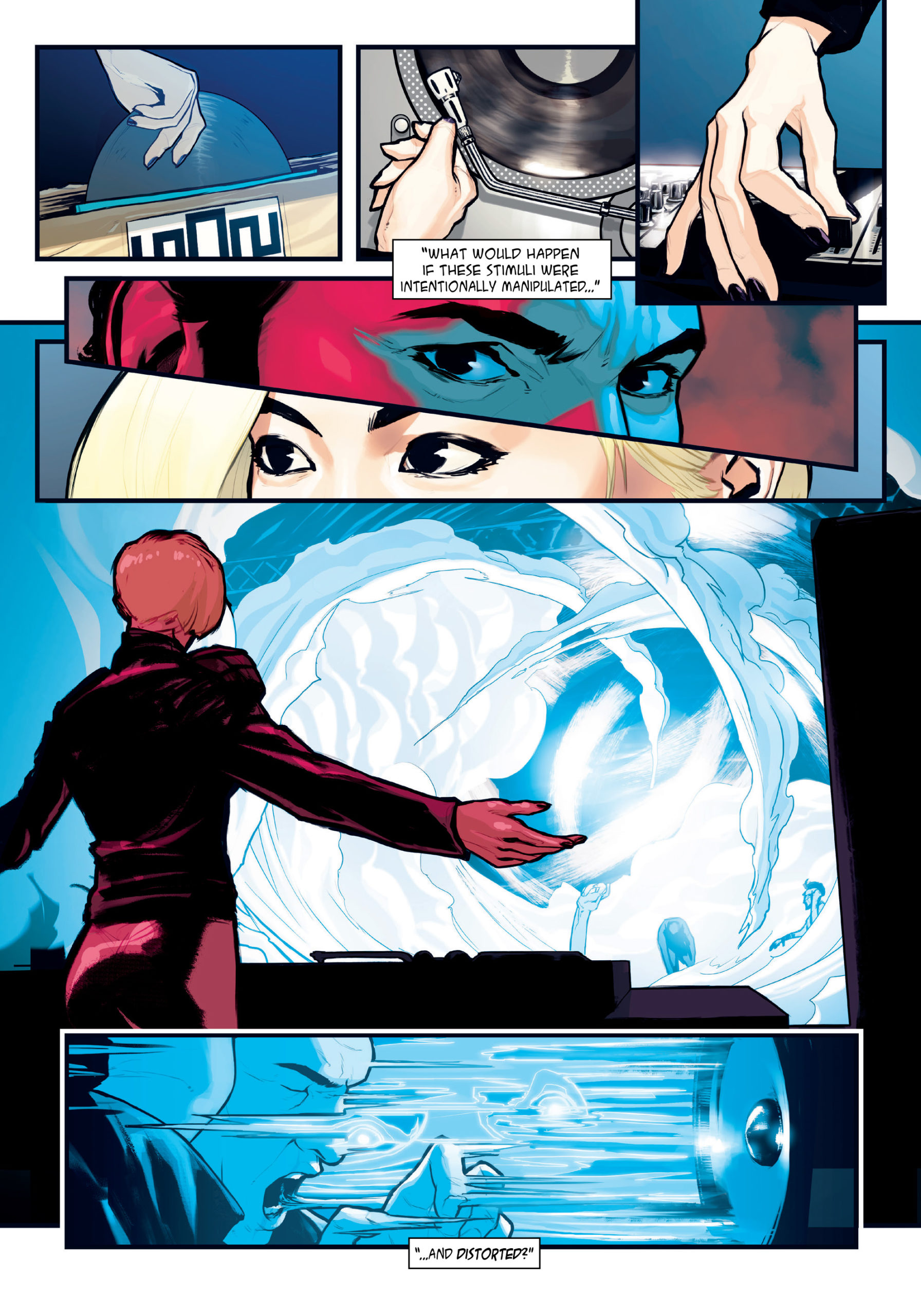
5 illustrators: electronic music as inspiration
Elena Casagrande
I am not an expert in electronic music, but when I listened to the new double EP produced after the comic volume, I realized with what care and inspiration it was sewn on the story: a soundtrack that really takes you into the events that the characters live and sometimes animate them right in front of your eyes. I am only sorry that the sense of reading and its speed cannot be driven like watching a film and that therefore some facets of the soundtrack can escape, but this can also be a strength because every reader/listener will be able to derive his personal and unique experience of using the two associated products. Unfortunately, while I work I listen to little music: the problem is that it distracts me a lot because it strongly stimulates my imagination and therefore leads me to shift the focus from the work I am doing to the sensations I feel. In short, I can’t keep it in the background, I prefer speech, so I put on a film or TV series.
When I made the vinyl covers I didn’t have a particular sound in mind, but I let myself be inspired by cartoon drawings and some images related to other records of the same genre of music.
Mattia De Iulis
It’s amazing how the soundtrack these great artists created for our comic fits so perfectly into our designs! We knew that our comic strip has (paradoxically, given the nature of the medium!) music as its strong point, so we always had certain “melodies” in mind: now having the chance to listen to them is fantastic! Among the songs I listened to while I was working on my boards there was no shortage of Jon Hopkins: I love his music! In particular, “Open eye signal” and “Feel first life” were a great help and a powerful inspiration. All the songs of the new Kimera Mendax Vol. 2 are spectacular, but if I have to choose one I would indicate the one from T/Error: perfect for the atmosphere of the story!
Giulia D’Ottavi
I must confess that I have a very bad musical culture! And I usually draw with the background of documentaries or tv news. In the days when I was working on KM, I let myself be guided by the advice of our screenwriter Gianluca, and his indications helped me to get in tune with a certain aesthetic: LFO, Joey Beltram, Plastikman,
The future sound of London… they were a pleasant discovery for me, even if they were (unexpectedly) songs from 1991!
Stefano Garau
I like listening to music when I draw and I normally listen to movie soundtracks, trying to match the type of what I’m doing. So if I have to paint battles I put films of a certain type, if I have to make “space” drawings I look for science fiction ones. One of the authors I hear most often is Zimmermann, in all its nuances. I’m happy with our soundtrack: the limit of a comic is that it has no sound and the idea of a comic soundtrack is a really fun and special thing! I was struck by the song full of atmosphere by Massimo Amato, closer to my sensitivity, but all the musicians did an extraordinary job: bravi!
Enrico Carnevale
The Kuro Jam Group was born after a chat between friends sitting together at a table in a Chinese restaurant – and, although much of the Comic book plot has music (electronic, specifically) among its most important ingredients, none of us would have expected that our ideas would have been able to grow this far, and that our drawings would have really been brought to life, motions, sounds.
But, moreover, that they would have done it so well. The melodies of both Kimera Mendax E.P.s (Vol. 1 and 2) really do describe the atmospheres, sensations and rhythms that we all had in mind while putting together history and drawings, and personally I was surprised by how so many different minds have been able to get in tune only through their own art and, in most cases, without actually knowing each other.
The most amazing thing is that, once I have listened to the tracks, those same pages that I have drawn seem to give back to me a huge amount of new nuances – as if they came to tell you (and me) something new, something mysterious and ancestral, which I myself was not aware of during their making. I let the tracks directly give me the rhythm, the colors, the atmospheres that were needed in the Comic’s sequences. I don’t know if this thing can be perceived by the reader, but it is there – and I see it and hear it every time I browse the actual Comic Book. I really hope that this experience can also be lived by those who will read the Volume and listen to the new songs of the second E.P.
Buy the release HERE.













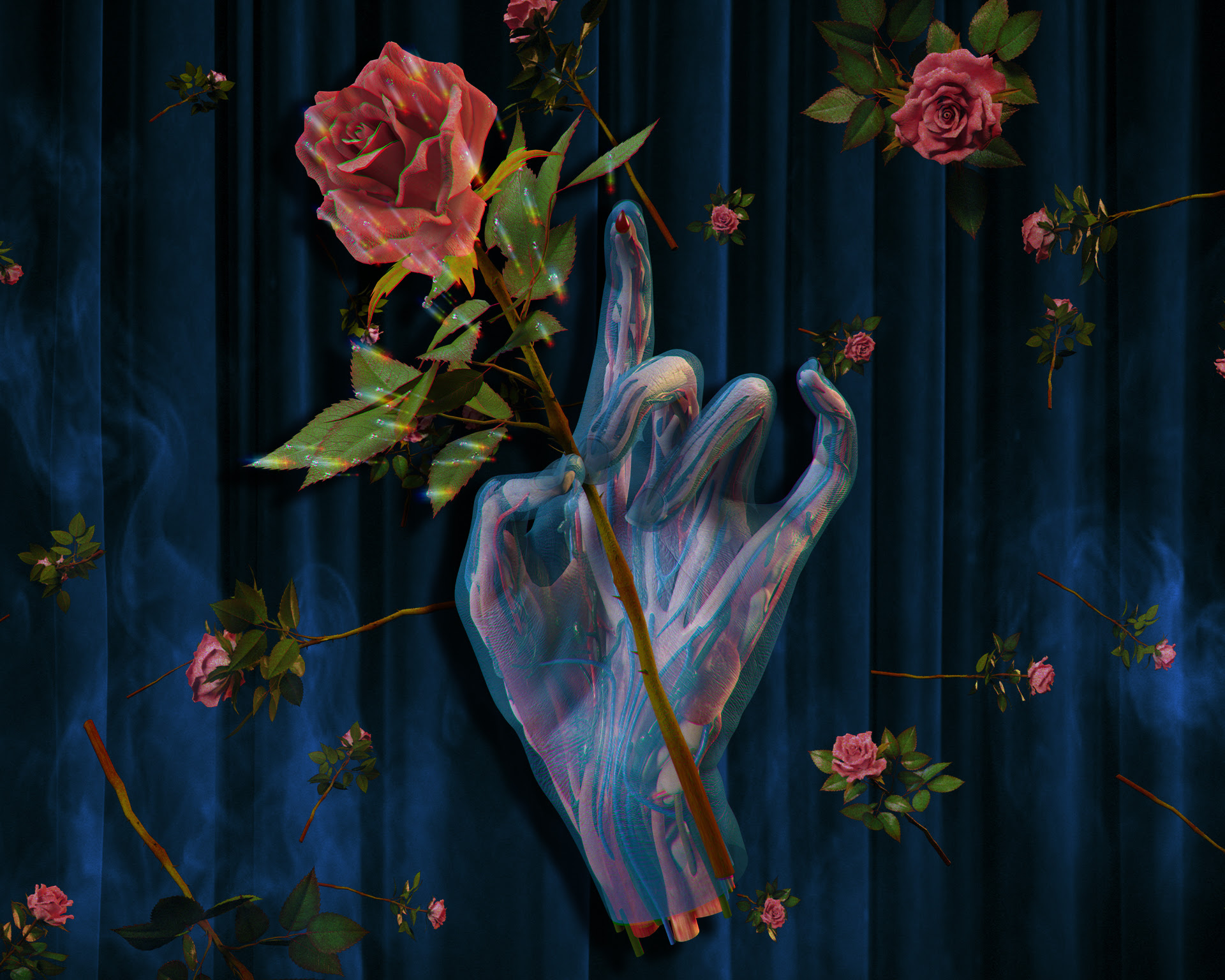

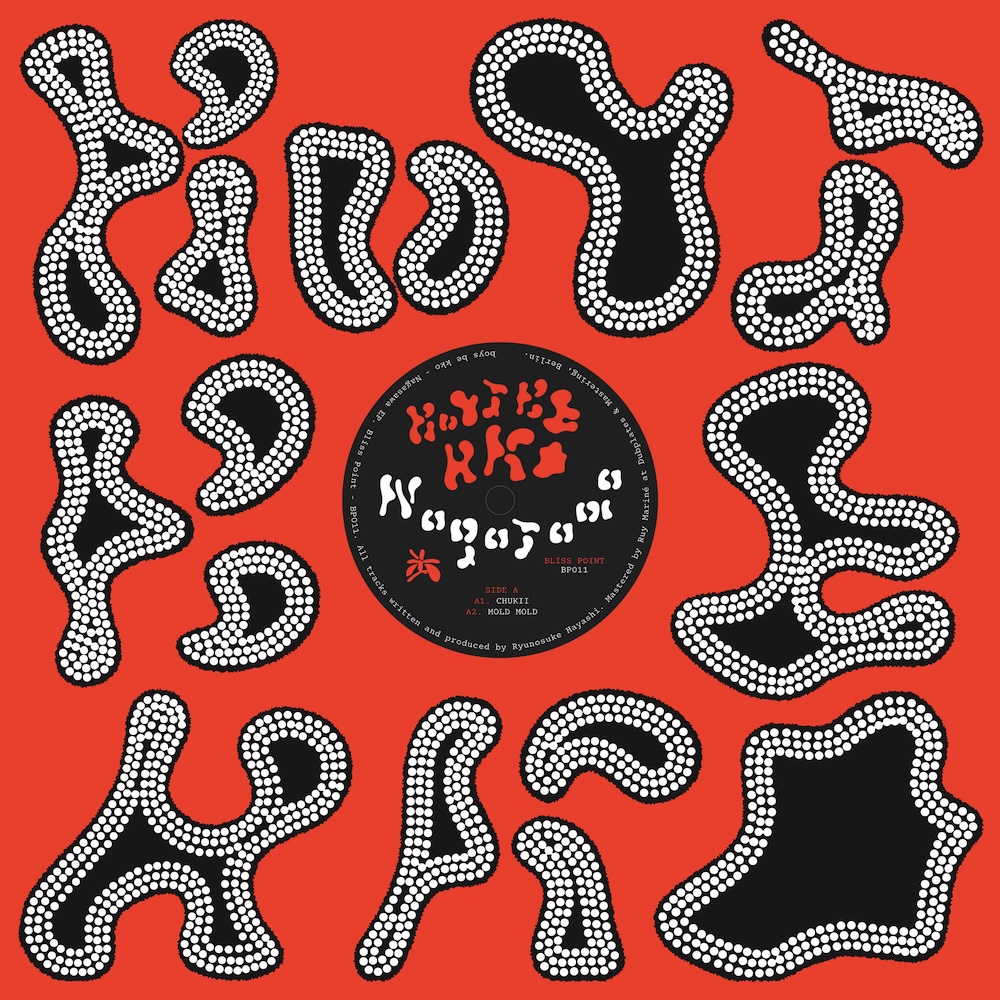
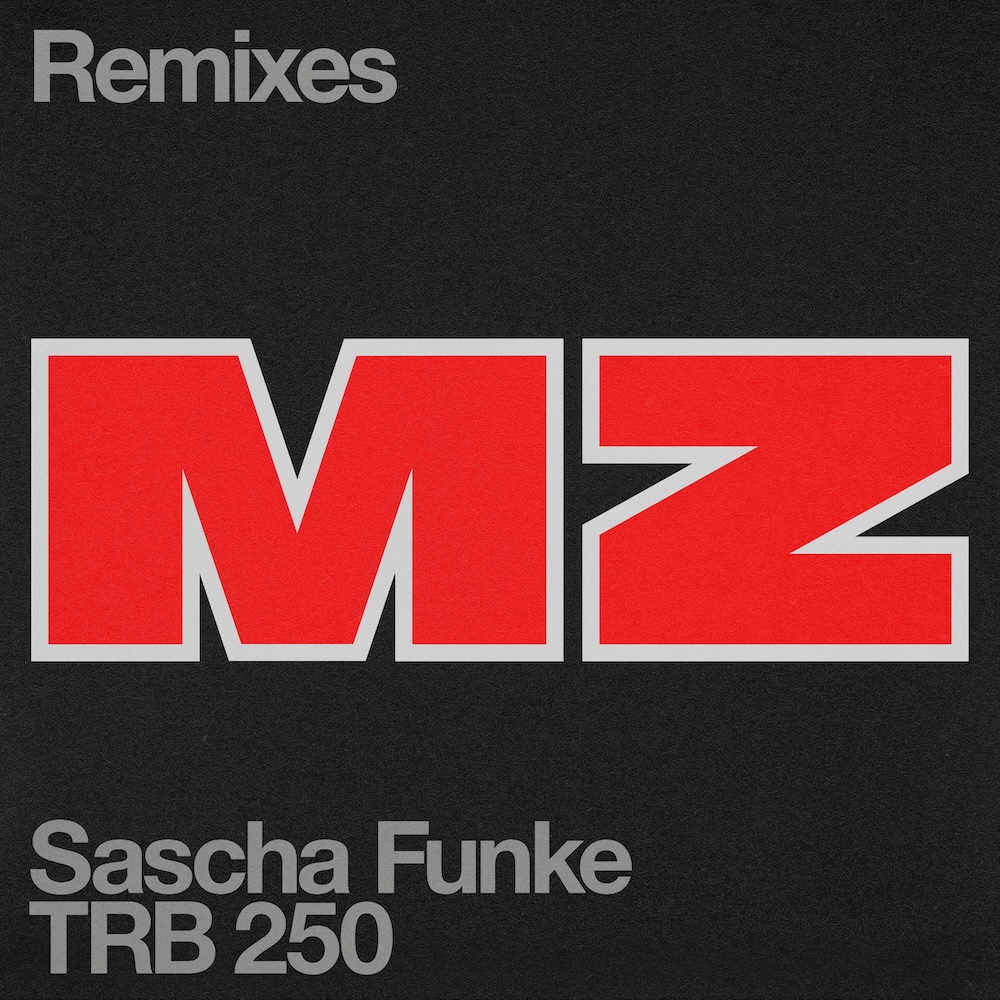



Must Reads
David Holmes – Humanity As An Act Of Resistance in three chapters
As a nation, the Irish have always had a profound relationship with the people of Palestine
Rotterdam – A City which Bounces Back
The Dutch city is in a state of constant revival
Going Remote.
Home swapping as a lifestyle choice
Trending track
Vels d’Èter
Glass Isle
Shop NowDreaming
Timothy Clerkin
Shop Now